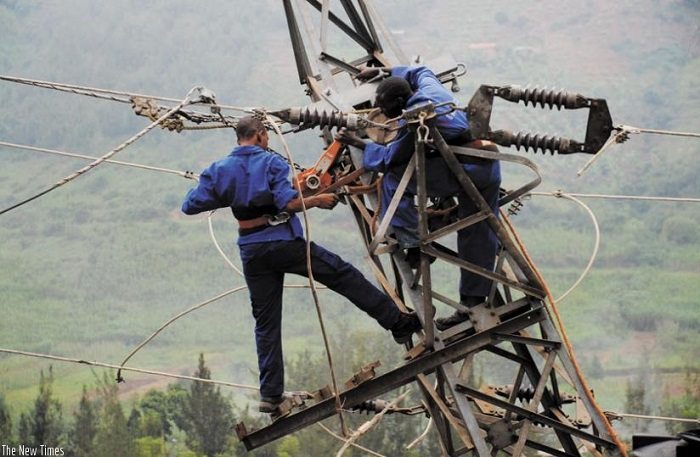Energy in Rwanda has received a major boost with plans to add 23MW of power to the national electricity grid before end of June 2017.
By then construction of major infrastructure projects such as the planned Bugesera International Airport and some major roads will have also been launched as well as 88% of the country’s households will have access to clean drinking water.
Ministry of Infrastructure(MININFRA) revealed the country’s agenda during the presentation the 2015/16 Infrastructure Sector achievements and targets for the 2016/17 financial year.
Additionally, the last fiscal year (2015/16) saw the country realise some of the remarkable infrastructural projects such as improving supply of electricity with the total installed capacity on the national grid now standing at 190MW, the Kigali Convention Centre, and major achievements registered in the areas of air transport and human settlement.
Ministry of Infrastructure has made clear its intentions to improve the infrastructure in order to drive the country’s economy.
“What we want is for the infrastructure sector to help advance the country’s development as it’s well in line with the second Economic Development and Poverty Reduction Strategy (EDPRS II) and the government’s seven-year programme,” said James Musoni, the Minister for Infrastructure.
Under the EDPRS II, Rwanda Government has laid out action plans to deliver the country to a middle income economy, with significant investments focusing on accountable governance, productivity, rural development and youth employment.
The Ministry has agreed to boost the EDPRS II through increasing reliability, affordability and stability of electricity in the country, whereby 23MW of power is expected to be added to the national grid in the current fiscal year.
15MW of power from the Gishoma Peat will Power project in Western Province’s Rusizi District, while 8MW of power from Kivuwatt methane gas power plant in the province’s Karongi District, will soon be commissioned.
The energy additions is intended to increase electricity generation on the national grid from the current 190MW of power to 213MW of power before end of June 2017.
However, according to the Ministry of Infrastructure there are several major projects in the pipeline such as 80MW Hakan Peat to Power and 50MW Symbion Methane Gas to power.
Regional projects are not left out as Rusumo will add 80MW of power while Rusizi III will add 147MW of power. The regional projects are at advanced stages and will substantially increase the current installed capacity.
Rwanda government has targeted to add 563MW of power on the national grid by 2018 in order to meet the country’s growing energy demands. Nonetheless, plans are underway to put other energy sources such as solar energy to use by working with the private sector.
Capacity of Energy in Rwanda just like other African countries is still low despite efforts to enhance production.

Leave a Reply